Journey Around North America’s Great Lakes

Journey Around North America’s Great Lakes
Nancy Carter has been enjoying Solo RV (Recreational Vehicle) travel for two years. In this article, she shares her adventures exploring the United States shorelines of the Great Lakes.
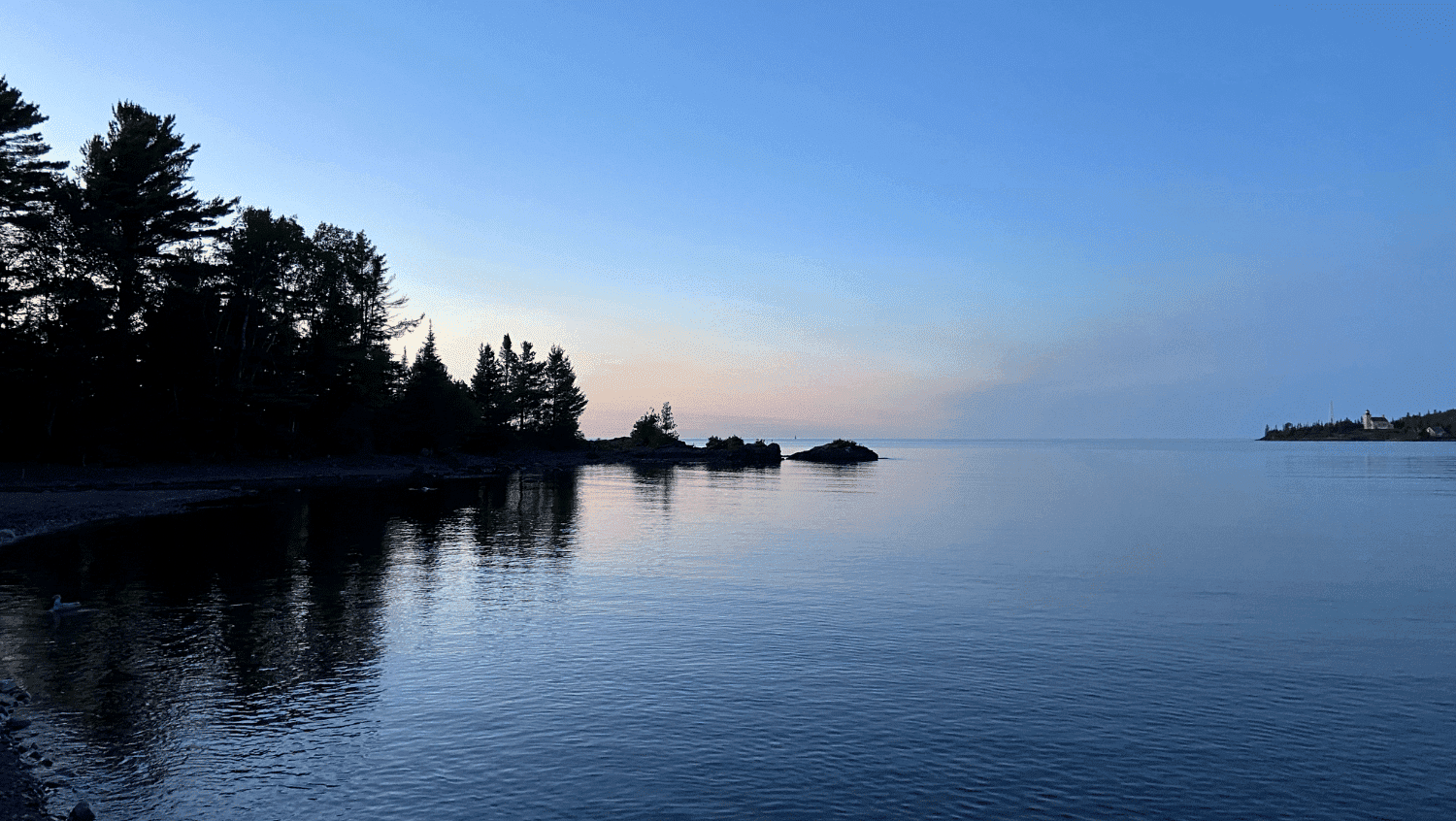

From the moment I first glimpsed Lake Ontario from the shores of the Four Mile Creek Campground in Youngstown, NY, I knew this journey would be different from any other road trip I had taken before. Stretching before me was not just a lake, but what the locals rightly call an inland sea—vast, powerful, and humbling. That was the beginning of my solo RV adventure circling the American shoreline of the Great Lakes, a journey that would take me through eight states and along more than 4,500 miles of some of the most diverse and stunning coastline in North America.
The five Great Lakes—Ontario, Erie, Huron, Michigan, and Superior—contain a staggering 20% of the world’s fresh surface water. These are not simply large lakes; they are freshwater seas with their own weather systems, shipwrecks, islands, and unique ecosystems. From the wild, remote beaches of Lake Superior to the bustling urban shorelines of Chicago and Cleveland, from towering sand dunes to industrial harbors and historic lighthouses, the Great Lakes offer an incredible diversity of experiences for the RV traveler.
Being from the East Coast, it took my brain a minute to wrap itself around the concept of large, looks-like-an-ocean bodies of water that were not oceans and therefore not salt water.
What makes experiencing this region by RV so special is the freedom it provides—the ability to follow the shoreline at your own pace, to wake up to lakeside sunrises, to camp beneath starry northern skies, and to immerse yourself in both natural wonders and cultural landmarks along the way. Unlike flying or staying in hotels, an RV journey connects you intimately with the landscape, the communities, and the ever-changing moods of these magnificent bodies of water.
For anyone considering this journey, I recommend setting aside at least 3-4 weeks—though honestly, you could spend an entire summer exploring all the nooks and crannies of these shorelines, like I did. My 8-week journey took me through New York, Pennsylvania, Ohio, Indiana, Illinois, Michigan, Wisconsin, and Minnesota following what I came to think of as the Great Lakes Tour: a loop that offers a comprehensive experience of America’s North Coast.
You might also enjoy this post: Solo Camping: Tent Camping, Safety, and the RV Option
Planning the All-American Great Lakes Circuit
Timing Your Journey
The window for optimal Great Lakes travel is relatively narrow. Harsh winters make much of the northern route challenging from November through April, with many campgrounds closed and scenic drives potentially dangerous. For the best balance of pleasant temperatures, open facilities, and reasonable crowds, I recommend planning your solo RV trip between late May and early October. I began my journey in mid-June, which allowed me to enjoy the most perfect weather for both hiking and beachcombing.
June and September offer the best combination of good weather and smaller crowds, particularly in popular areas like Sleeping Bear Dunes and Mackinac Island. July and August bring warmer lake temperatures for swimming but also peak tourism and sometimes challenging campground availability.
I found that I was able to get in everywhere that I wanted by planning my route and booking my campsites about three to four months in advance
Choosing Your Direction
After considerable research, I opted for a counter-clockwise route beginning in Youngstown, NY near Niagara Falls, making sure that I would complete the journey before Labor Day, when the northernmost sections begin to shut down for the winter.
I was able to chase that perfect 73°F weather and avoid the heat that most of the rest of the country was experiencing. I actually had to stop and get a couple more flannel shirts in July.
Dressing in layers was key, capri pants or jeans with a tank top topped off with a flannel shirt that I could easily remove and put back on as the temperatures changed throughout the day.
The moderate temperatures were much appreciated and beautiful, and I rarely needed or used the air conditioner (or heat) in my motorhome.
Budget Considerations
A Great Lakes solo RV journey requires some specific budget planning. State park passes for Michigan, Wisconsin, and New York are particularly worthwhile investments if you’ll be staying at multiple parks in those states even if you’re not camping in the parks.
If you are camping, you will need a state park pass for each vehicle that you have with you.
Ferry fees for island excursions like Mackinac Island (about £30 round trip per adult, vehicle not allowed) and Madeline Island (about £52 round trip with vehicle) should be factored in.
Be prepared for finding alternative routes. When I did my research about Mackinac Island ferries, there were two to choose from, including a high-speed ferry that went under the Mackinac Bridge.
When I got there in August, only one ferry company was running, so the ferries were a bit more crowded than normal.
Campground costs ranged from £20-£67 for basic state park sites to £45-£100 for private campgrounds. I camped in both sites without any hookups and sites with full hookups (water, electric and sewer). There were many state parks where no hookups were available at the site, but water and sewer were available within the campground.
Fuel costs are significant on this route due to the considerable distance and sometimes challenging terrain. My 27-foot Class C motorhome averaged about 9 miles per gallon throughout the trip. I also towed a Jeep Renegade behind me, that I was able to use for day trips to waterfalls, boat tours, and hiking sites. At 26 miles per gallon, it was a much more efficient way to travel to local destinations and attractions.
Lake Ontario: New York’s Great Lake Treasure
My journey began on Lake Ontario, with the thundering beauty and power of Niagara Falls. Navigating the tourist areas around the falls in an RV was challenging, but Four Mile Creek State Park provided an excellent base camp about 30 minutes from the action. My site overlooked Lake Ontario, and the sunsets were spectacular.
Not far from the Four Mile Creek State Park campground was Old Fort Niagara. Located at the junction of Lake Ontario and the Niagara River, it offered a fascinating glimpse into the strategic importance of these waterways during the colonial era, when British, French, and American forces fought for control of the Great Lakes.
While not technically part of the Great Lakes shoreline, the nearby Finger Lakes offered such spectacular camping at places like Watkins Glen State Park and Letchworth State Park (the “Grand Canyon of the East”) that they merit mention as potential side trips for any Great Lakes RV traveler exploring this region. They are well worth the visit.
On the way to my next Great Lake, I took a quick detour to see the Eternal Flame Falls in Chestnut Ridge Park, NY, where there is a natural flame burning continuously behind the falls, fueled by natural gas seeping from the rocks.
Lake Erie: American Heritage Shores
On to Lake Erie, the shallowest of the Great Lakes. It has had perhaps the most dramatic environmental journey, from a severely polluted state in the 1960s to its current revitalized condition. This environmental renaissance was evident throughout my journey along its American shoreline.
I stayed at a campground in Ohio, which provided a good base camp to do some day trips to a couple of nearby interesting destinations.
One was Cuyahoga Valley National Park, a great place for a day trip. It offered a peaceful counterpoint to the city energy with hiking through the forests and waterfalls and the historic Ohio & Erie Canal Towpath Trail.
Another was Geneva-on-the-Lake, in Ohio, a nostalgic resort town atmosphere with its classic amusement rides and old-fashioned ice cream parlors.
Ohio’s Ashtabula County hosts 19 covered bridges that offer a picturesque inland detour. Some of the bridges date back to the mid-1800s and include both the shortest and longest covered bridges in the United States.
Other places you may want to include on your solo RV trip are: the Cleveland waterfront, the Rock & Roll Hall of Fame, and the Great Lakes Science Center; Kelly’s Island (with a campground available) and South Bass Island, both accessible by vehicle ferries; and Presque Isle State Park in Pennsylvania, a spectacular curved peninsula with 11 miles of beaches, hiking trails.
Throughout my Lake Erie journey, I was struck by the visible intersection of industrial heritage and natural beauty—from the distant silhouettes of wind turbines rising from the lake to the massive ore docks and grain elevators that speak to the region’s ongoing role in commerce and shipping.
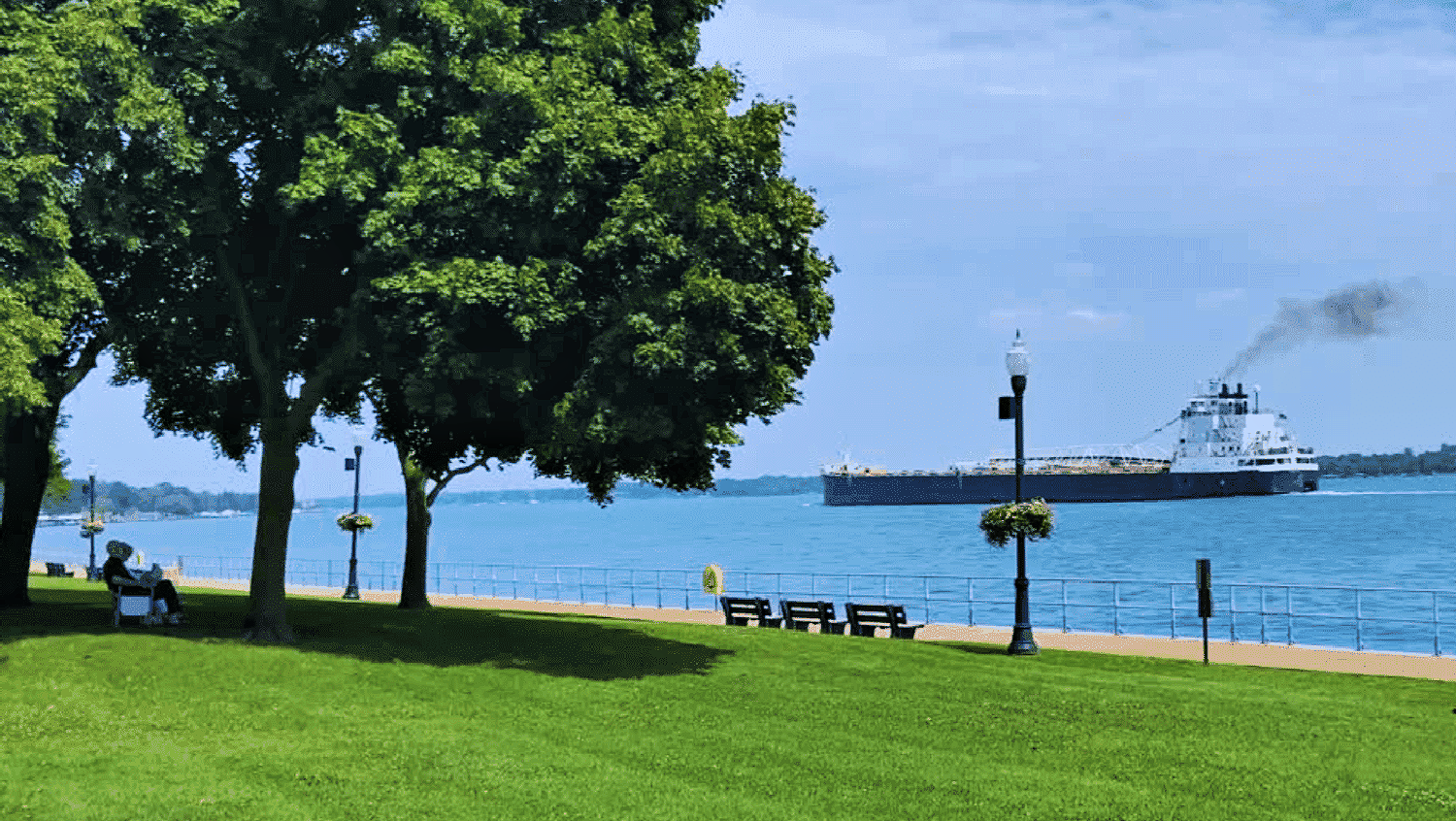

Lake Huron: Michigan’s Sunrise Coast
Before circling the northern tip of Lake Michigan, I headed south along Michigan’s eastern shore. It’s known as the “Sunrise Coast” for its spectacular morning views over Lake Huron. This shoreline offers a quiet, contemplative experience, where you can watch the large cargo freighters traverse the shipping channel of the St. Clair River. I spent hours simply watching the parade of barges and ships passing through the narrows while enjoying picnic lunches on the shore of Palmer Park.
It was also here I learned about the love the midwest has for pie. I quickly adopted this love and was on a constant search for sweet fruit and berry pies for the rest of my trip.
A slight inland detour brought me to Frankenmuth, Michigan’s charming “Little Bavaria,” where German heritage is celebrated with Alpine-style architecture, chicken dinners, and the world’s largest Christmas store. While not directly on the lake, this unique cultural enclave offered a fascinating glimpse into Michigan’s immigrant history.
Other places you may want to include in your solo RV travels of Michigan are: Dow Gardens Estate and Gardens; Tawas Point State Park, featuring a beautiful Victorian-era lighthouse and a sandy peninsula that attracts birders from around the country during migration seasons; and Alpena with its Thunder Bay National Marine Sanctuary. This underwater preserve protects one of America’s most significant collections of shipwrecks, with vessels dating from the 1850s to the 1950s preserved in Lake Huron’s cold, fresh water. Rogers City and Cheboygan offer glimpses into the region’s maritime heritage, with working harbors and Detroit, with its revitalized riverfront, offers more views across to Canada.
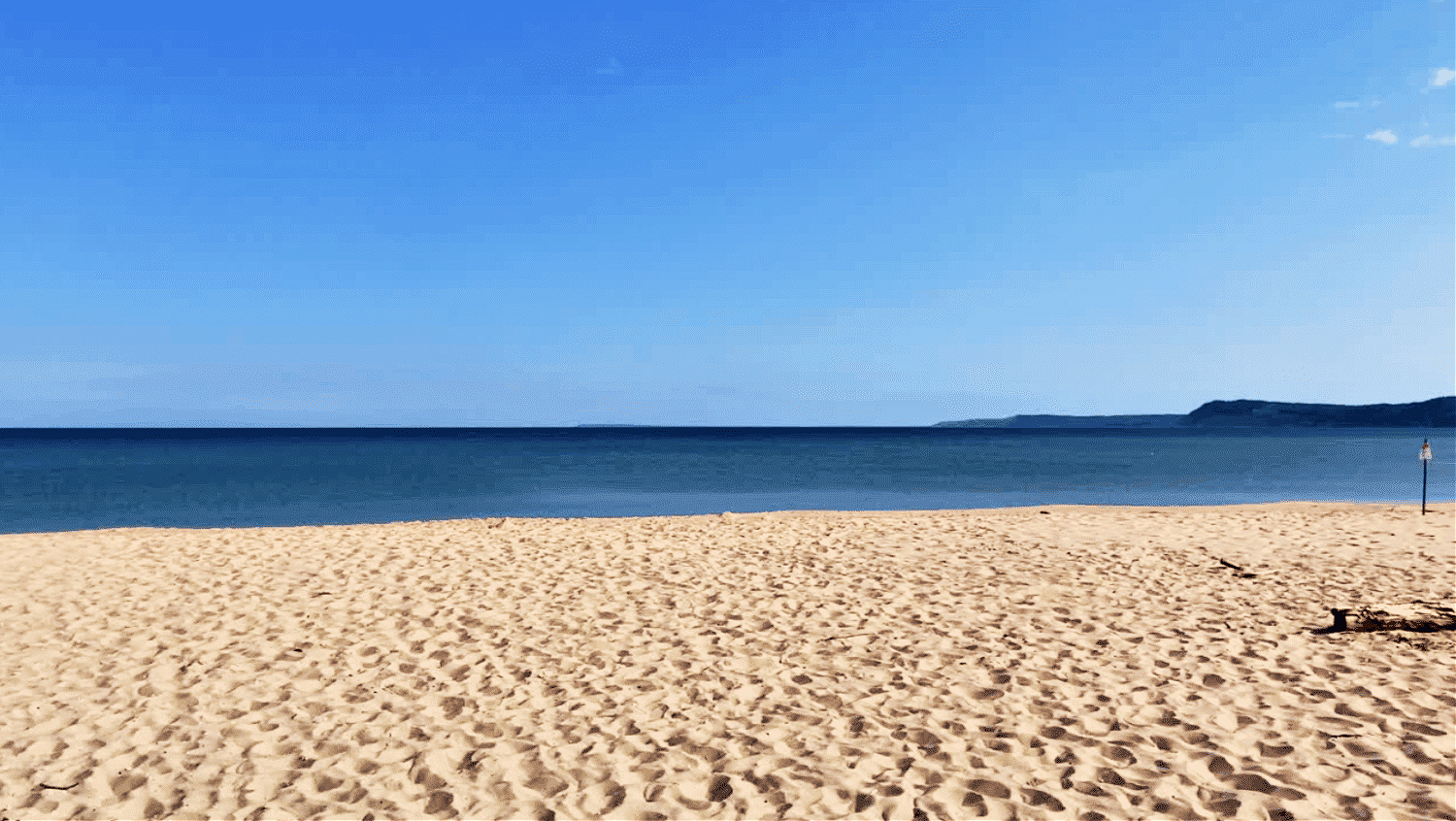

Lake Michigan: Dunes, Cities, and Charming Towns
Heading northwest across the state of Michigan, the landscape gradually shifted from vacation towns to more industrial areas. A notable exception to this is Indiana Dunes National Park, a remarkable wilderness of massive sand dunes, pristine beaches, and rare plant species just a short drive from Chicago.
I was able to avoid the Chicago traffic taking this northwest route through the state.
Michigan’s west coast—often called “the Sunset Coast”—lives up to its name with stunning evening skies over the lake. The string of charming harbor towns along Michigan’s western shore could each merit days of exploration. Traverse City combined a beautiful waterfront with a surprisingly sophisticated food and wine scene. The smaller towns of Charlevoix, Petoskey, and Harbor Springs each had their own character, from Charlevoix’s distinctive “mushroom houses” designed by architect Earl Young to Petoskey’s Victorian neighborhoods and famous “Petoskey stones” (fossilized coral that can be found along the beaches).
My next stop on my solo RV travels was Sleeping Bear Dunes National Lakeshore, with its 450-foot sand dunes providing both challenging climbs and rewarding views. Platte River Campground, located within the national lakeshore, offered spacious sites and was a perfect base for exploring the area.
One of the highlights of Sleeping Bear Dunes, other than the dunes, was Platte beach, just a short hike from Platte River Campground. I had this pristine, soft white sand beach all to myself, even in the middle of August.
Crossing the five-mile-long Mackinac Bridge into the Upper Peninsula in an RV was an experience unto itself—a transition not just between lakes but between different worlds. The day I crossed, there was a high-wind warning on the bridge, and the top speed allowed on the bridge was 25 miles an hour. You could hear the bridge “groan” in the wind, and I have to admit, it was a bit disconcerting.
The bridge connects the Upper and Lower peninsulas of Michigan. It spans the Straits of Mackinac, which connect Lake Huron and Lake Michigan.
With each Great Lake I conquered, the terrain became more remote and less accessible.
I stayed at the Lakeshore Park Campground, in the town of St Ignace, just a short drive north of the Mackinac Bridge. From here you could see the magnificent bridge, especially beautiful when it is all lit up at night.
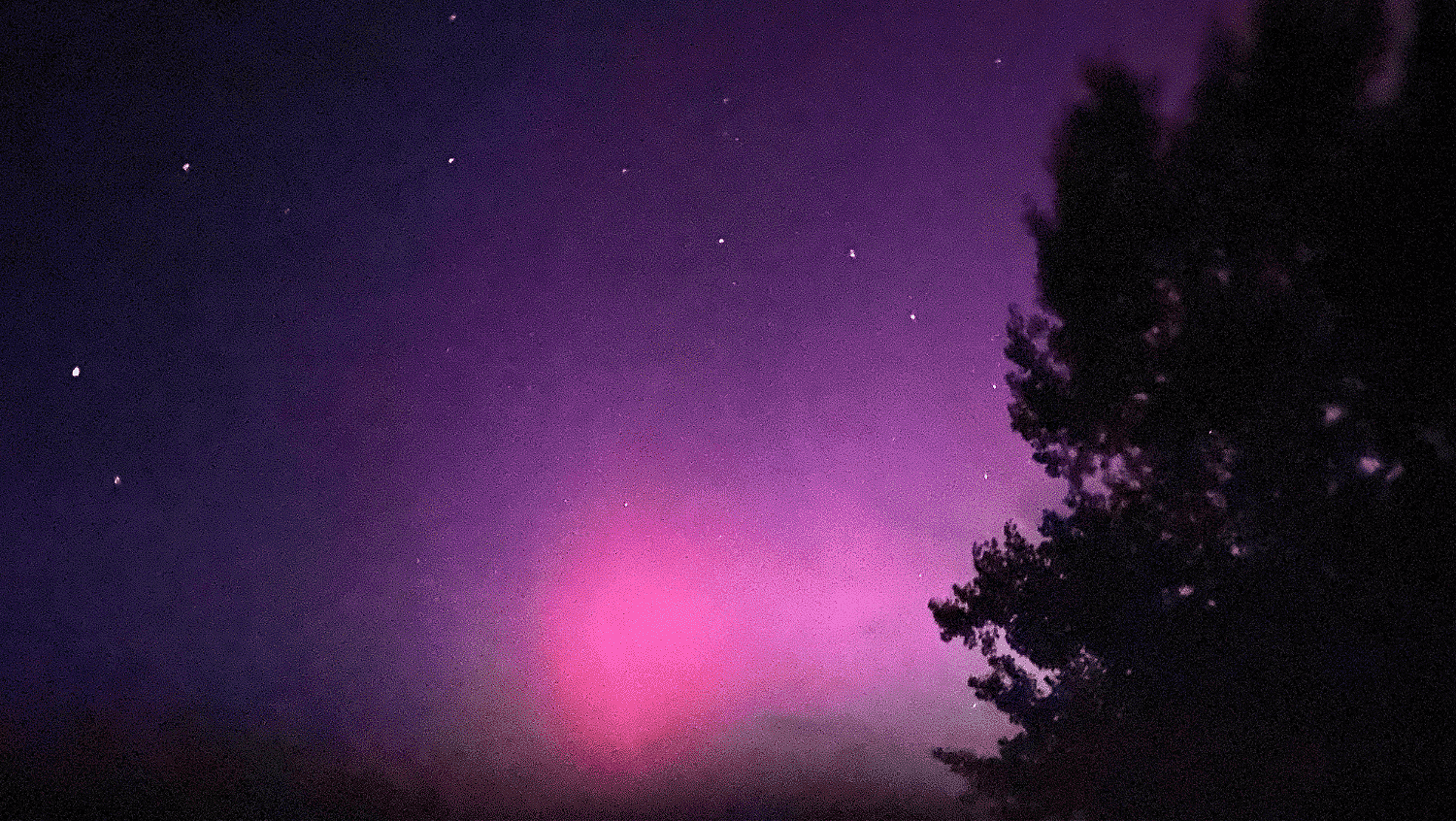

The stargazing here was spectacular, with minimal light pollution revealing the Milky Way and, on one lucky night, my first sighting of the dancing green curtains of the Northern Lights.
It was here I was able to try my first pasty, a savory meat pie made with meat, red potato, and rutabaga, originally eaten by copper miners and lumberjacks and only truly available in the Upper Peninsula of Michigan.
From the campground, I took a day trip via ferry to Mackinac Island, leaving my RV behind (no cars are allowed on the island). The island’s Victorian charm, horse-drawn carriages, and famous Grand Hotel offered a peek into a quieter time and a slower way of life.
I decided to explore the island on a horse-drawn carriage tour; however, you can also rent bicycles and tour the island that way.
Throughout my Lake Michigan journey, I was struck by the diversity of experiences available—from wilderness hiking to sophisticated dining, from rural farm stands to urban museums. The lake itself changed character with the weather and location, sometimes appearing Caribbean blue, other times a moody gray-green that reflected the passing clouds.
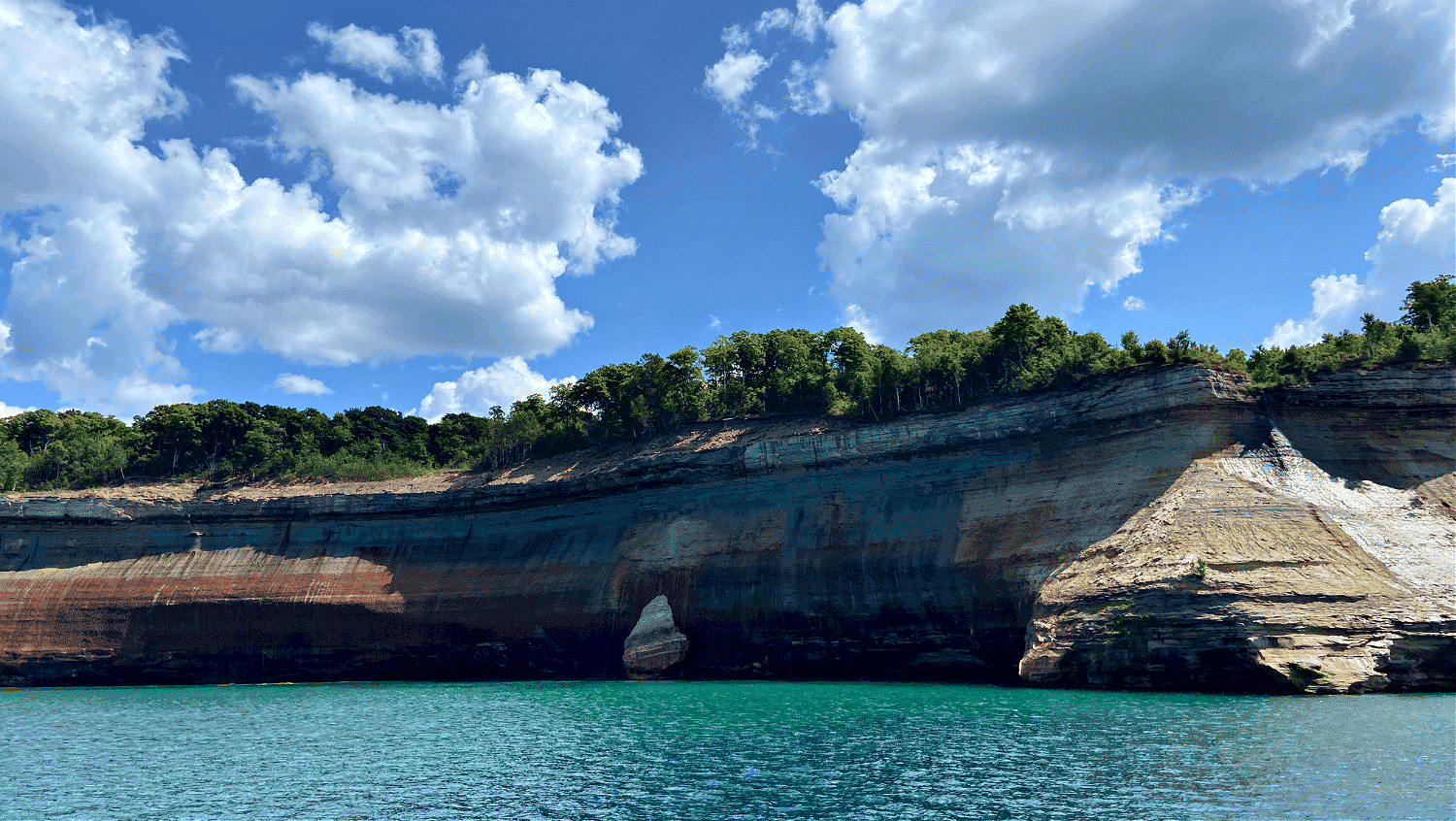

Lake Superior: America’s Northern Wilderness
After crossing into Michigan’s Upper Peninsula, I decided to bypass the eastern stretch of Michigan’s Upper Peninsula and Tahquamenon Falls State Park, home to one of the largest waterfalls east of the Mississippi, and Whitefish Point, home to the Great Lakes Shipwreck Museum—a sobering reminder of Superior’s power and the more than 550 vessels claimed by its waters.
Even on an 8-week solo RV trip, there just wasn’t enough time to do everything I wanted to do!
Instead, I drove west and encountered what many consider the scenic highlight of Lake Superior: Pictured Rocks National Lakeshore. These colorful sandstone cliffs, stretching for 15 miles and rising up to 200 feet above the water, display an incredible palette of reds, yellows, greens, and browns created by mineral seepage. I stayed at the nearby Munising KOA Campground, which offered electric hookups and easy access to boat tours of the cliffs.
Heading west, the Keweenaw Peninsula juts dramatically into Lake Superior, offering a fascinating glimpse into America’s copper mining heritage.
One of my favorite stops was Baraga State Park, on the shore of Lake Superior.
While the state of Michigan may be known for its Great Lakes, it also boasts some hidden gems that often go unnoticed. Among these hidden gems are the stunning Canyon Falls, only a short drive from the campground, which offer a natural beauty that will leave you in awe.
Canyon Falls is located 7 miles south of L’Anse, Michigan on Highway 41, and about a 14-minute drive from Baraga State Park.
The hike is about 4 miles long, out and back, winding along through wooden boardwalks and fairly flat terrain. You can experience the beauty of this area yourself with this YouTube video I created.
The 300-foot deep gorge is spectacular, and you are allowed to cliff jump in the canyon falls and pools.
Next, I drove northwest to Fort Wilkins Historic State Park and Campground near the remote town of Copper Harbor, exploring both the historic fort and the rugged coastline.
Located on the shore of Lake Superior, Copper Harbor is the northernmost community in Michigan’s Upper Peninsula in Keweenaw County. The closest US Interstate Highway is about 5 hours away. There are fewer than 100 year-round residents.
Traveling back down south from Copper Harbor, I crossed over into Wisconsin and stayed in Amnicon Falls State Park, where I found secluded sites nestled among old-growth forest, more hiking trails with waterfalls you could swim in, and a gorge that reminded me of Watkins Glen in New York.
I did not have any hookups in this campground, so I lived comfortably off my solar setup for several days. The temperature in August was very comfortable, and I didn’t need any air conditioning.
Not too far away, the harbor town of Grand Marais, Minnesota, provided a charming stop with an artist’s colony atmosphere and excellent dining options. From here, I could see the distant outline of the Apostle Islands National Lakeshore, which I was able to explore more fully by boat.
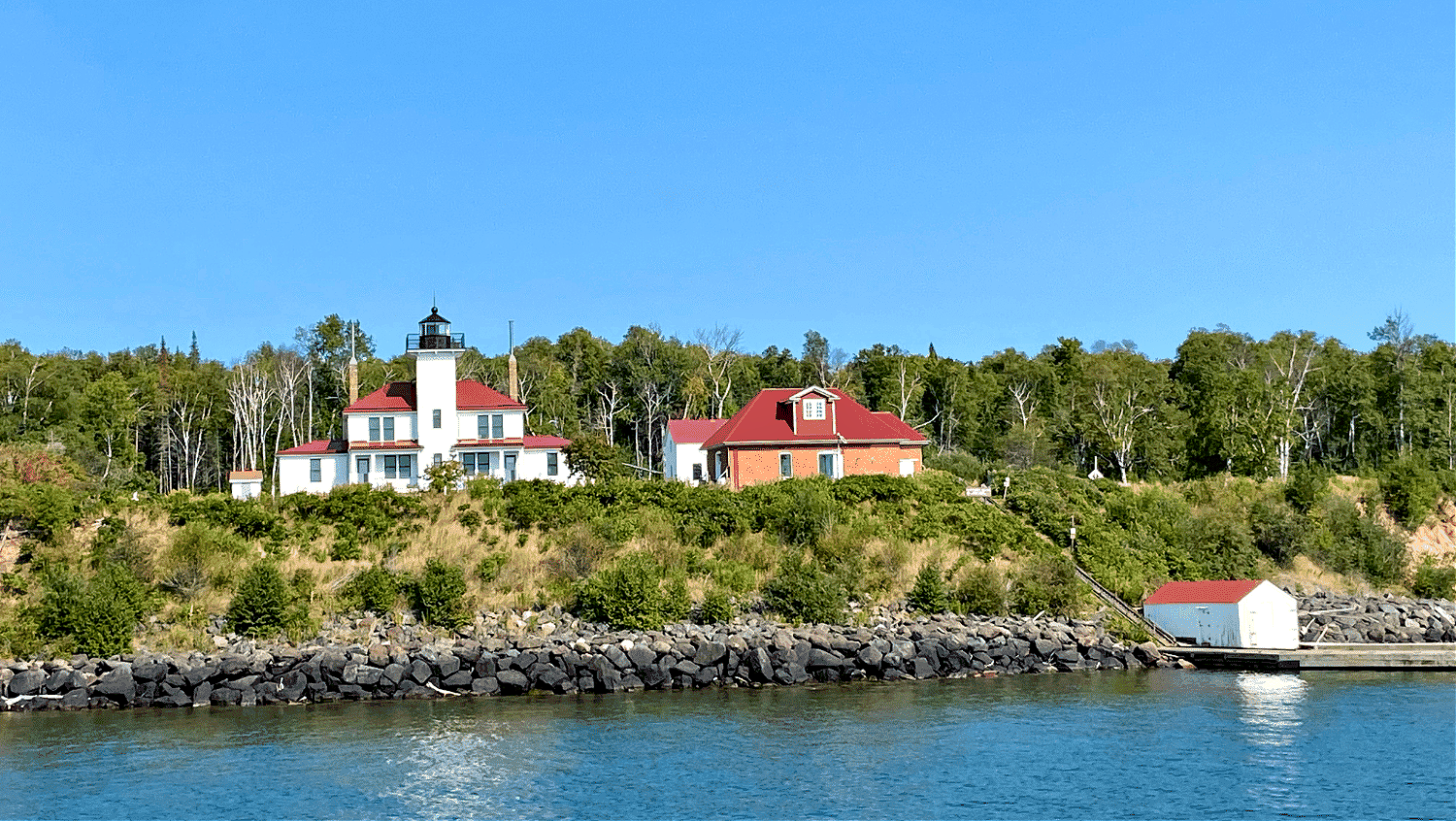

I took an afternoon boat ride and visited this collection of 21 islands with pristine beaches, sea caves, and historic lighthouses. You can also take a ferry to Madeline Island (the only inhabited island) to explore Big Bay State Park and its spectacular sandstone formations. However, this is an island I will need to visit another time.
Another location you may want to visit while you’re in this area is The Lake of the Clouds overlook in the Porcupine Mountains, providing a wilderness vista that seemed more Alaska than Michigan.
Throughout my Lake Superior journey, I found excellent camping options, though advance reservations were essential, especially on the weekends.
My journey ended in Duluth, Minnesota, a city built on a natural harbor at the western tip of Lake Superior. Before hitting the road, I visited the Judy Garland Museum, celebrating the Wizard of Oz star who was born in nearby Grand Rapids. But it was the lake that truly captivated me. From Canal Park, I watched massive freighters pass under the iconic Aerial Lift Bridge, getting a sense of the lake’s importance to shipping and commerce.
What struck me most about Lake Superior was its vastness and remoteness. Cell service was often spotty or nonexistent, small towns were sometimes 50-60 miles apart, and the ever-present lake dominated the horizon like an ocean.
Learnings from Great Lakes Solo RV Travel
By the time I had completed this trip of all five Great Lakes, I felt like I’d completed a remote wilderness adventure unlike any other.
What began as a simple road trip had transformed into something deeper—a journey that stripped away the noise of modern life and reminded me that true wilderness still exists, even in the heart of the Midwest.
These massive bodies of water had taught me that you don’t need to travel to distant continents to find untamed landscapes and profound solitude.
Adventure doesn’t always require mountains or exotic locations. Sometimes it’s found in the overlooked corners of our own continent, where vast lakes stretch beyond the horizon and remind us that mystery and wildness are closer than we think.
About the author: Nancy Carter is a freelance travel writer and photographer specializing in solo RV travel and adventures throughout the United States. She travels full time in her Class C Lazy Daze motorhome. You can learn more about Nancy and her travels on her website, Making My Own Lane and her YouTube channel. All the photos in this article are the property of Nancy Carter and Making My Own Lane.
Last updated: 30th May, 2025




